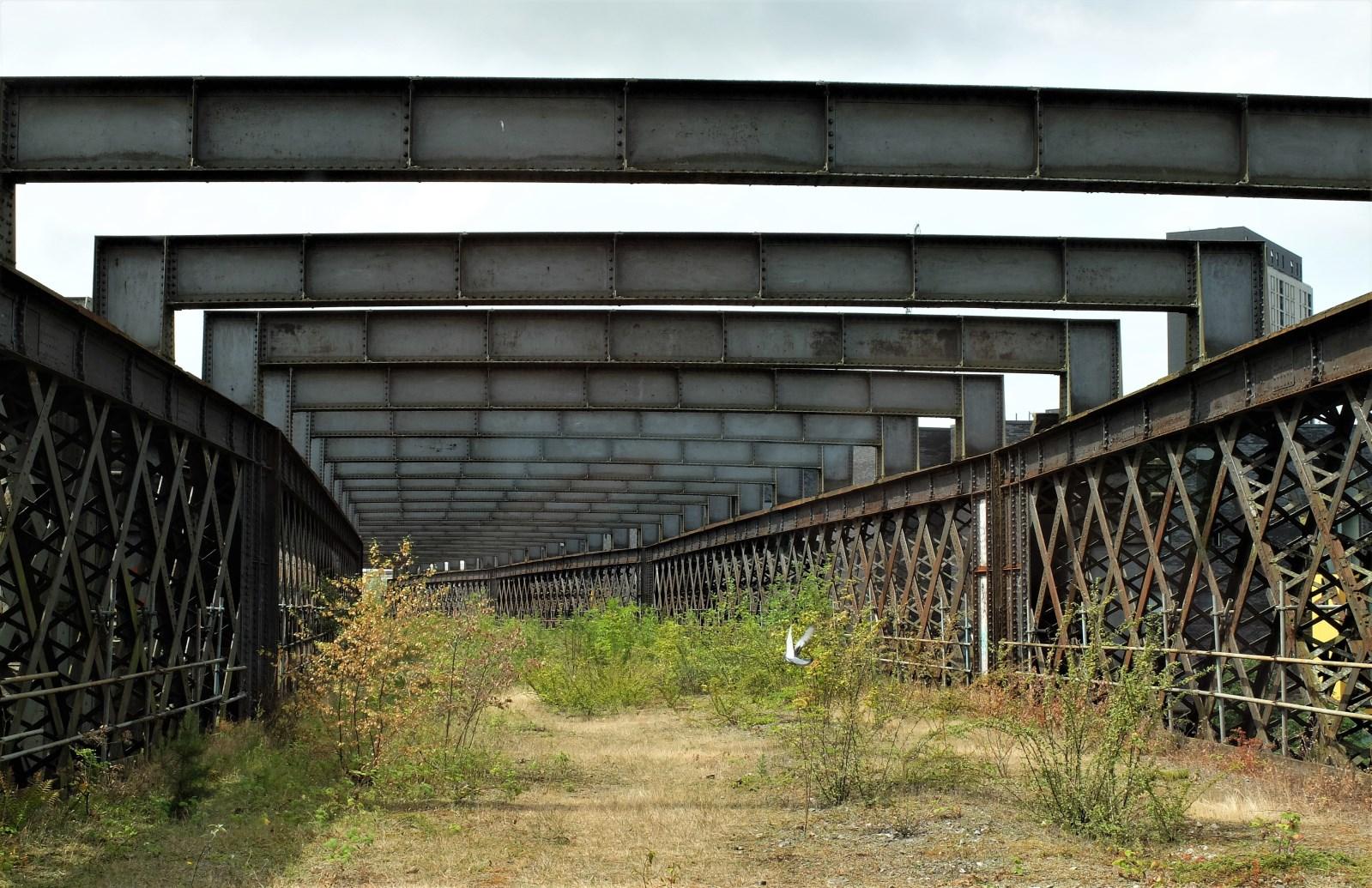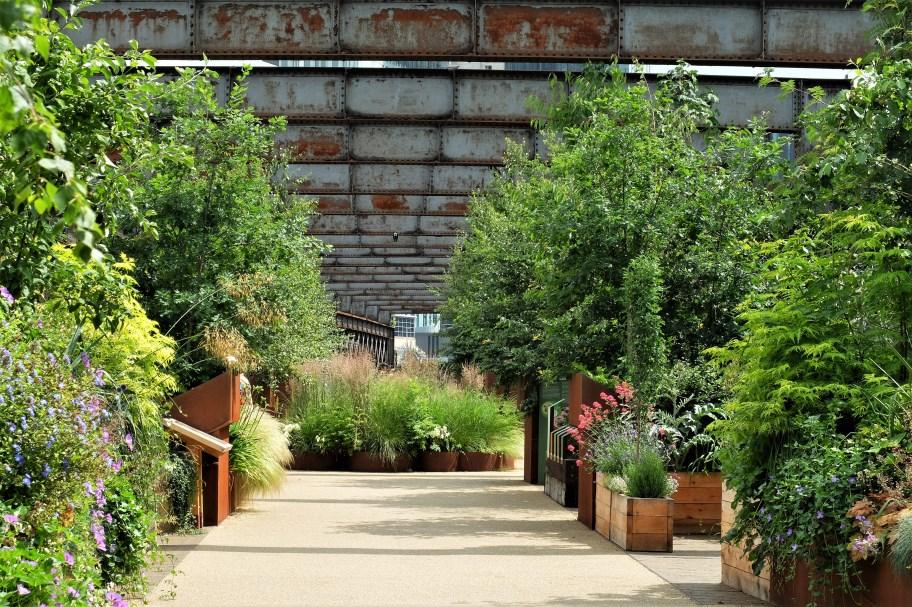
1 minute read
Postcard to the Parish
Greetings from Castleford Viaduct
To mark our Golden Wedding Anniversary, we decided to have a series of celebrations including visits to different locations that had been on our wish list, at the same time incorporating our combined interests of gardens, social history and steam railways! Several of these were in the Manchester area, so we planned a trip.
Advertisement
We first read about Castlefield Viaduct in the National Trust magazine. This explained how the Trust was working with local community groups and had converted part of the 330 metres long disused viaduct in Salford into a garden in the sky, thus emulating the much longer High Line in New York City. Within the 100 metres or so of viaduct that has been developed so far, there is a pond with surrounding planting, an edible garden and wildlife friendly areas to attract visitors to explore more closely. The remaining 200 plus metres section has been simply left to nature, untouched since the railway line and Manchester Central Station (now a conference centre) closed in 1969. The viaduct had been completed in 1892 to link an area which became the central hub for Manchester’s goods transportation network, combining canal, road and railway. The nearby Manchester Liverpool Road station was the original terminus of the world’s first inter-city passenger rail service between Liverpool and Manchester in 1830.
The Trust has been working with local community groups who have adopted beds on the viaduct and the whole experiment has resulted in 70% of visitors being nonmembers. This is part of the objective of making NT places more inclusive and to attract people without private transport. Visitors are asked for opinions on how to treat the untouched part - a meandering walk, wildlife garden, or whatever! It was fascinating to obtain a grandstand view over part of the city, including an aerial view of trains passing on an adjacent line!



Margaret and Philip Hunt

